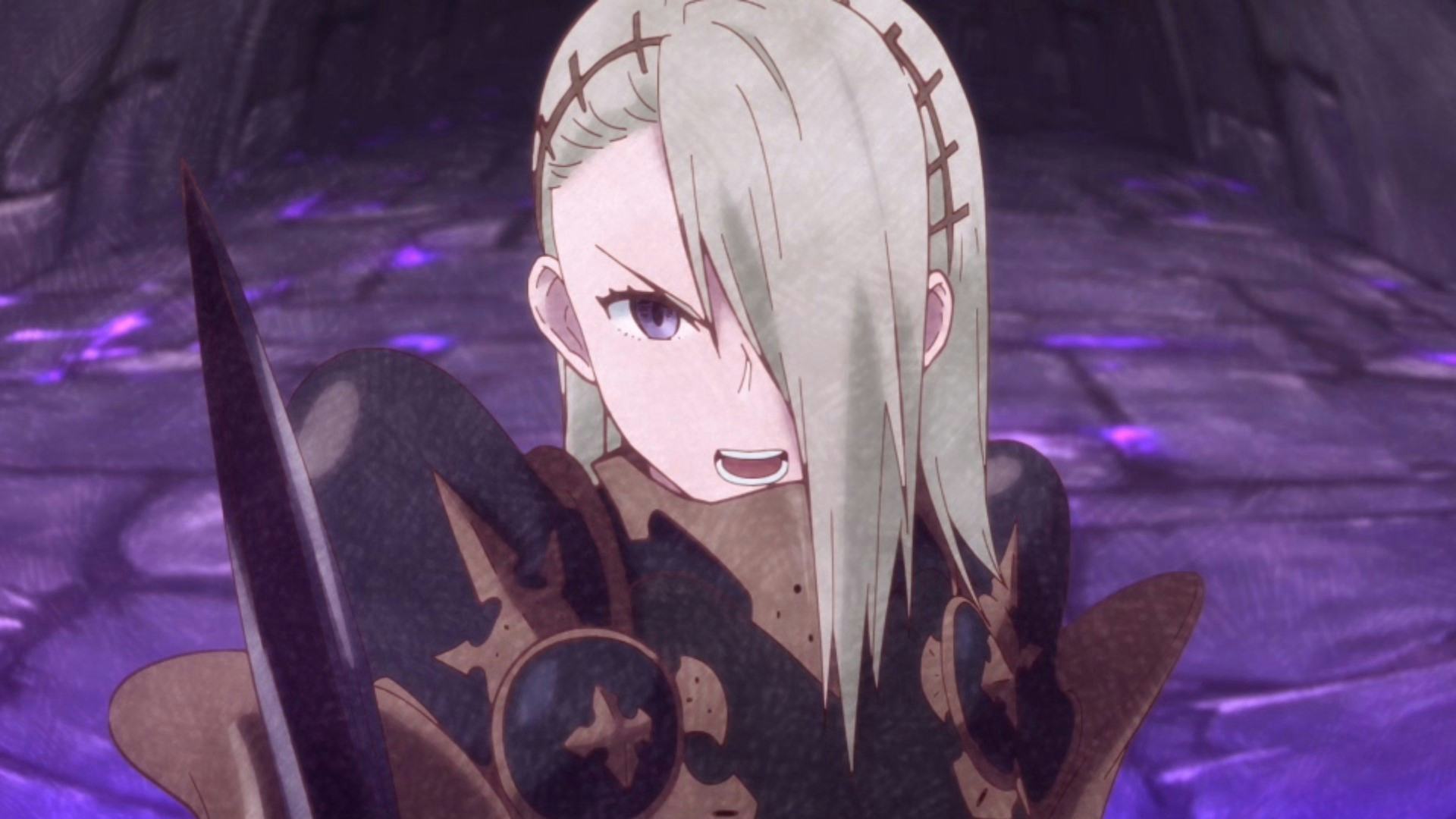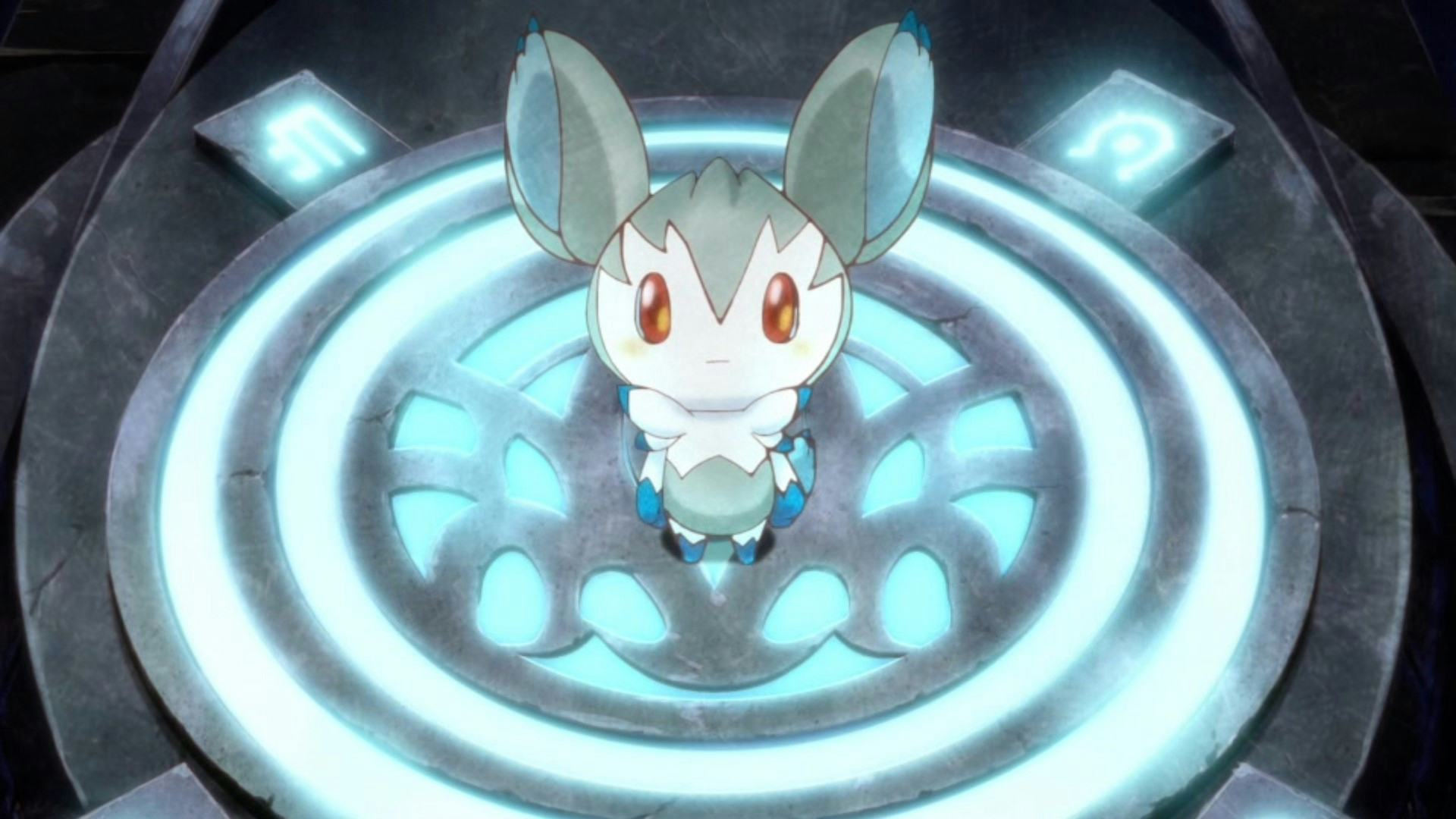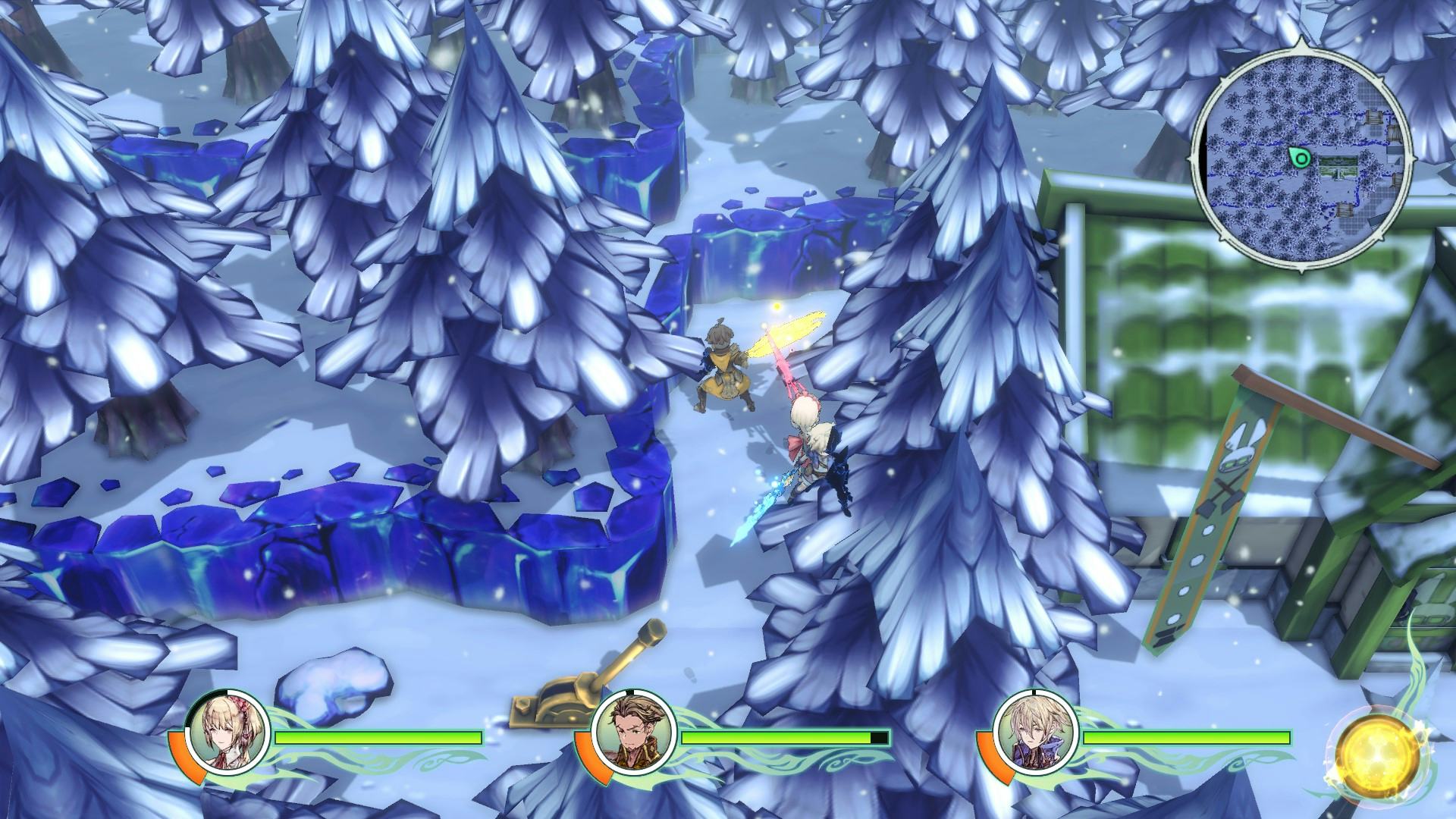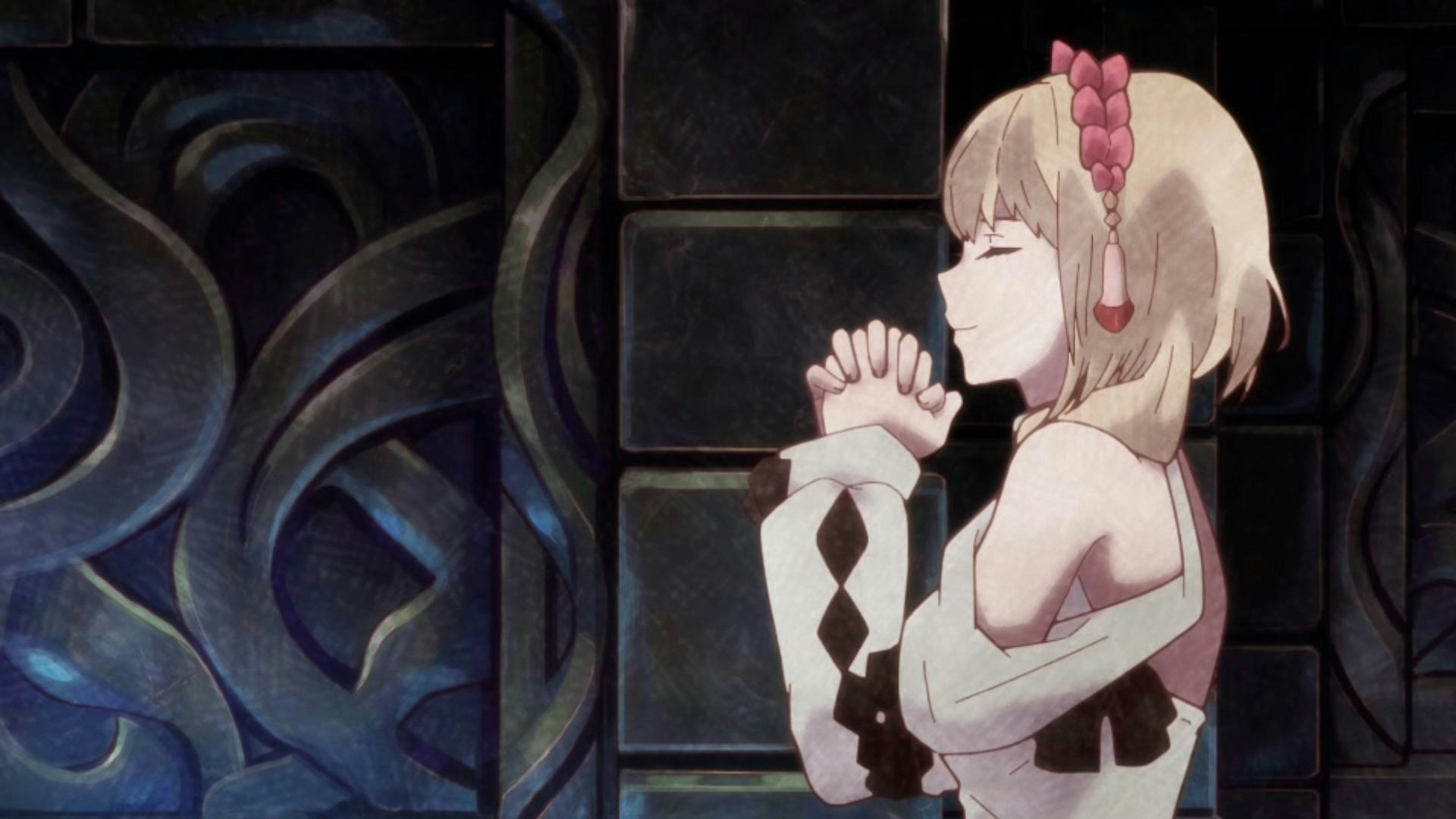
A colorful flurry of attacks and flashing numbers signal that the fight is almost over. The wolfish baddie charges forward with a conveniently highlighted, choreographed attack for me to dodge before swapping to my next character. The second my weapon glows, ready with its ultimate ability, I smash it into the creature and pass the baton to another teammate.
Such is the combat loop for Trinity Trigger. Xseed Games’ latest anime-inspired RPG comes from a team of developers that worked on the likes of Xenoblade Chronicles, Octopath Traveler, and Secret of Mana. It looks like it’s cut from the same cloth as retro RPGs like Chrono Trigger. I just wish the story and worldbuilding matched.
Cyan is just an average guy — except for the magical emblem that randomly appears in his right eye. He lives a humble life in Woodroost, hunting for treasure to support himself and his adopted sister, Firn. Just as he’s about to face an unbeatable foe, he meets Flamme, a shape-shifting creature who can transform into a sword. Soon after, an Oracle comes to his hometown to reveal his identity as the Warrior of Chaos and how he can find out about the truth behind his eye and his mysterious past.
I dunked on the plot in my preview, but after playing the full game, I realized that the story was meant to serve as more of a backdrop rather than a focus. Instead, the combat system is the star of the show here. It motivated me to improve my gear with each dungeon, far more than the paper-thin plot.
Combat is Key

Trinity Trigger’s main gimmick is the three playable characters that you can switch between at will: Cyan, Elise, and Vantis. You can also switch between any of the weapons and the power-ups associated with them. The combat system challenges players to choose the most optimal weapons for a particular fight and build a kit that complements those weapons. For example, in a battle against a monster that’s weak against bows, you might want to equip Elise and Cyan with bows and equip gear that increases their stamina.
There are many moving parts to the combat system, and you’ll have to balance stamina, gear, and each character’s unique skill tree. You’ll explore Armas, the game’s version of dungeons, to unlock new weapons for your characters. Some of them are hidden in side quests, but collecting all the weapons is optional. The side quests were typically quick and easy to complete, so I took the extra time to collect as many as I could. By the end of the game, I had nearly all the weapons for each character besides one or two.

I collected weapons purely to satisfy my completionist urges, but ultimately found out I didn’t really need all of them. You only really need one team member to master a specific weapon, even though you can technically max out the same weapon for all three.
I naturally racked up enough Trigger Points (TP) to level up my weapons, so I never needed to grind for more. I also never had an issue with variety, considering Elise and Vantis either joined the party with or quickly picked up weapons that Cyan couldn’t use. Swapping between party members during battle felt fluid and natural, even though I needed to dig through some menus to use potions and antidotes. It never felt like a significant enough detour to interrupt my flow, and gave me the option to pause whenever I needed to strategize.
And you’ll need to stategize, because Trinity Trigger’s combat AI isn’t great. While your automated characters will try to avoid damage from most normal enemy attacks, your teammates will sometimes walk straight into traps or get pinned in a corner by enemies. I needed to swap between characters, not just to use different weapons and activate their special abilities, but to also make sure they didn’t become boss fodder.
Paper-Thin Plot

If you’re looking for a game story that offers a serious critique of morality or anything else of higher meaning, Trinity Trigger isn’t it. It’s just a shounen hero finding out about his past and journeying with his newfound friends to save the world. The plot vaguely plays with themes of good versus evil, but it never ultimately challenges the player to feel passionately one way or the other.
Many of the characters have one-dimensional personalities. Cyan accepts basically anything strangers tell him without question, Zantis just wants to laugh and drink, and Elise reigns in the both of them as a smart but stubborn female lead. I wish the main trio had more depth to keep me invested in their stories.
Trinity Trigger has a passable plot, but not one that stands out among the many fantasy RPGs out there. The trope-filled story offers plenty of familiar beats, and the campaign is over before you know it. Trinity Trigger is only about 15 to 18 hours long, not an 80-plus hour journey like Xenoblade Chronicles. It’s a fun detour for anyone looking for a quick RPG to devour in a weekend, but you’ll probably want to wait for a sale.
6/10
Trinity Trigger is available on PC, Nintendo Switch, PlayStation 4, and PlayStation 5. Inverse reviewed the PC version.
INVERSE VIDEO GAME REVIEW ETHOS: Every Inverse video game review answers two questions: Is this game worth your time? Are you getting what you pay for? We have no tolerance for endless fetch quests, clunky mechanics, or bugs that dilute the experience. We care deeply about a game’s design, world-building, character arcs, and storytelling come together. Inverse will never punch down, but we aren’t afraid to punch up. We love magic and science-fiction in equal measure, and as much as we love experiencing rich stories and worlds through games, we won’t ignore the real-world context in which those games are made.







